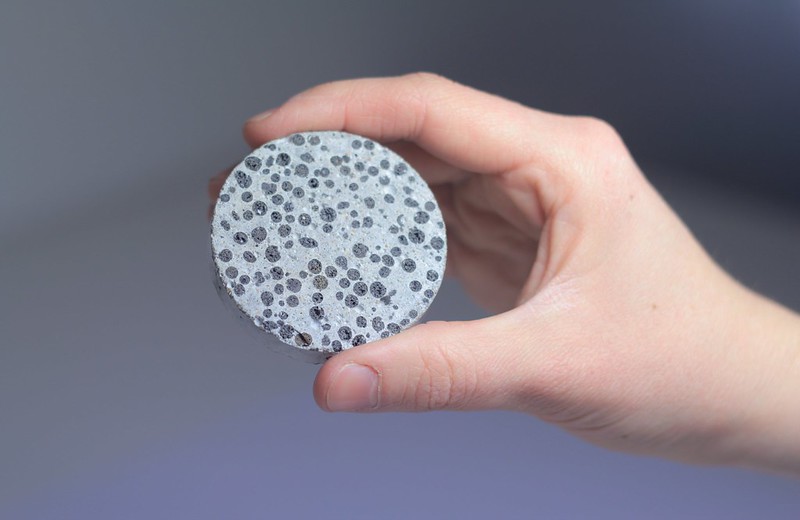 Have you noticed what happens when you get a cut?
Have you noticed what happens when you get a cut?
Small cells in the blood, called platelets spring into action. They coagulate, or stick together, causing blood to clot. A scab then forms protecting the wound, allowing the part to heal.
Imagine if buildings could heal the same way, where cracks in the concrete repair themselves. Sounds like science fiction, doesn't it!
Very often, problems in buildings, bridges, and aircraft often begin as a small crack -- one that grows and grows. Scientists wondered if they could mimic nature's healing properties and prevent that tiny crack from causing a major collapse in the future.
Over the last decade, researchers in the field of material science have been investigating different approaches to solving the problem.
Imitating The Human Body
One of the first approaches scientists explored is embedding small microcapsules containing a resin (a glue-like substance) into the material. When the material fractures, the capsules are ruptured and the sticky resin is released. This fills in the cracks and binds the material.
Researcher Nancy Sotos, at the University of Illinois at Urbana-Champaign, has shown how this technique can repair cracks in plastics over 50 times in a row.
Scientists are looking into creating materials with a network of channels through which the liquid resin can be pumped -- just as blood vessels in our body keep a continuous supply of platelets flowing through our system.
Bugs In Concrete
Some self-healing materials being developed require an external stimulus such as heat or water to get the process going.
At Deft University in the Netherlands, researchers have developed a special type of concrete they call bio-concrete. Embedded in the concrete are microscopic limestone-producing bacteria, along with nutrients needed for their growth.
The bacteria remain dormant; however when the concrete cracks and the rainwater seeps through, it activates the microbes. The harmless bacteria then feed on the nutrients to produce limestone that fills in the cracks.
It may just be a matter of time before we have self-healing iPhone screens or car paints that can fill up scratches to keep your car looking brand new. The possibilities are endless!







